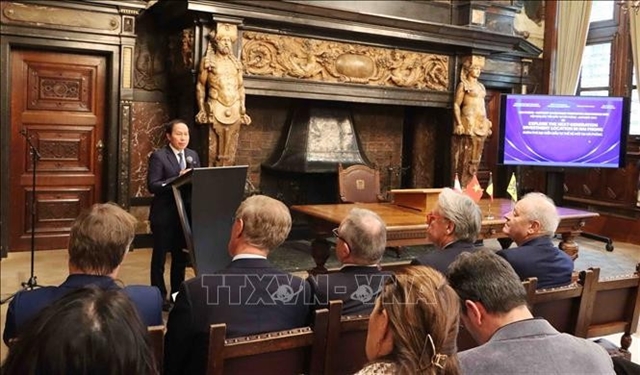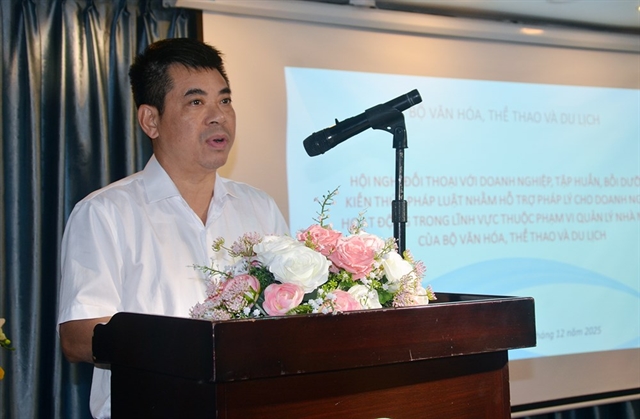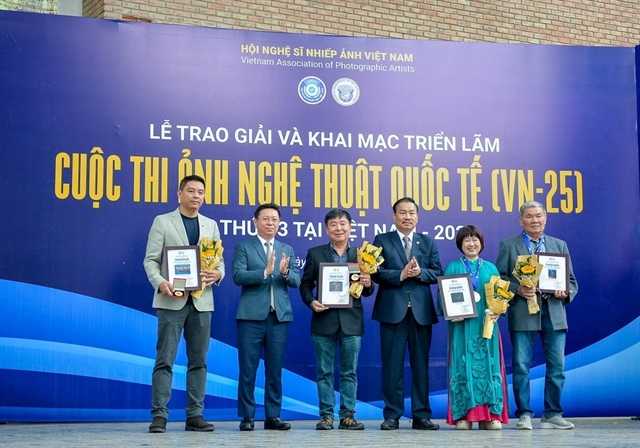 Life & Style
Life & Style

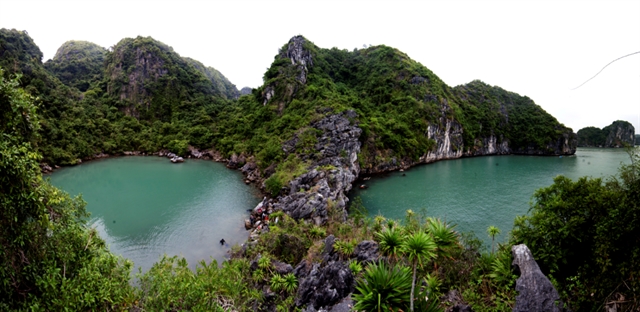
|
| The beautiful landscape of Bà Hầm Lake in the UNESCO World Heritage Site of Hạ Long Bay. Photo baoquangninh.vn |
QUẢNG NINH — Hạ Long Bay, in the northern coastal province of Quảng Ninh will this month celebrate the 30th anniversary of attaining UNESCO World Heritage Site recognition.
This marks a milestone for Hạ Long Bay and Quảng Ninh Province honouring the successful achievements in preserving the natural, geological and geomorphological values that create the beauty and appeal of the site.
Over the past 30 years, the site continuously confirms its UNESCO title thanks to the determination and efforts of the authorities, experts and people of Quảng Ninh in protecting the wonder of nature, while at the same time exercising its potential for tourism development.
The bay has won many prestigious accolades, a designation as a National Special Monument, its place among the New Wonders of Nature and the fame as an amazing world tourist destination, among others.
To reach such achievements, the provincial authority regards solving the environmental issues as one of the key measures in preserving and protecting the site.
As the province pledges to never trade-off between conservation and tourism development, it has focused on establishing a comprehensive management system to prevent environmental pollution to impact the legacy heritage of the bay.
Through scientific seminars, in-depth assessments and study tours around the world, a series of pioneering and breakthrough solutions in environmental protection have been implemented by the province.
These included a relocation plan for fishing households in the bay to live on land since 2014,while still ensuring social security and welfare for the people.
A strict ban on fishing in the protection area of the heritage site was issued in 2018,along with the establishment of aquaculture planning points outside the defined protection areas.
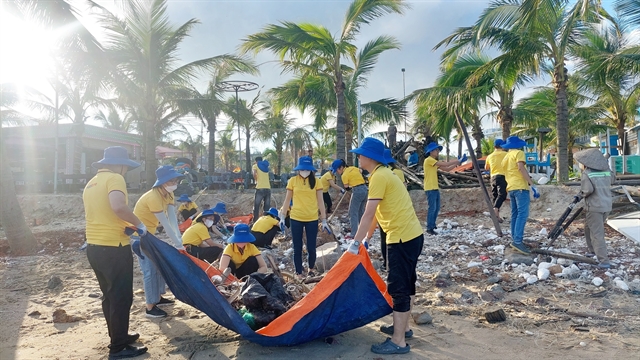
|
| Local youngsters try to clean a beach of Hạ Long Bay after the Yagi typhoon hit the bay in September. VNA/VNS Photo Thanh Vân |
In particular, environmental protection, prevention and control of environmental pollution in the heritage sites have always been the province's top priority tasks.
Many projects on the bay's environmental protection have been implemented attracting the participation of individuals, businesses and organisations such as the Green Growth Project and the Hạ Long Bay environmental protection funded by the Japan International Cooperation Agency, JICA.
As part of efforts to control pollution sources, especially waste from the nearby coast, border areas and mining and transportation activities, the province has also moved coal, clinker and limestone transportation out of the bay.
It has relocated polluted coal units out of the area such as the coal screening plants and coal ports.
All quarries exploiting stone and construction materials should be closed in 2025, to boost the implementation of solutions in improving the local environment.
In all of its development strategies, the province has determined that no new industrial establishments should be built and will not grant licences to factories that pose a risk of affecting the bay environment.
At the same time, aquaculture facilities are required to replace foam buoys with other sustainable floating materials to ensure water sources are not polluted.
The current state of the water environment at 41 monitoring points in the bay should be periodically monitor and supervise.
Investments should focus on the installation and operation of two automatic coastal wastewater environmental monitoring stations, along with strengthening the role and responsibility of inspection, supervision and coordination between local authorities and other sectors in controlling waste sources.
Most industrial parks in the area should have systems to collect and treat wastewater before discharging brown water into the environment.
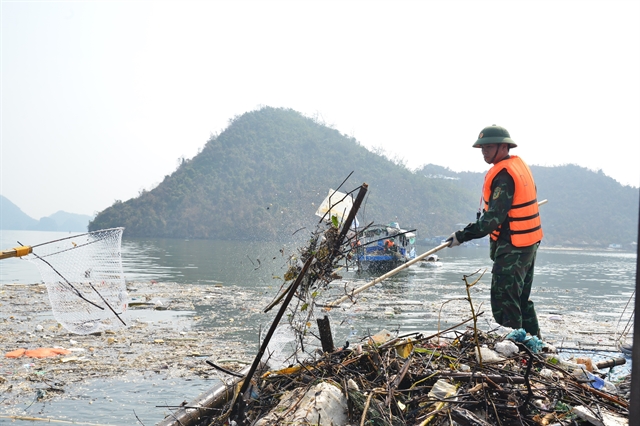
|
| A soldier participates in collecting waste in Hạ Long Bay. VNA/VNS Photo |
The province has implemented a wastewater drainage and treatment project in Hạ Long City, invested in upgrading wastewater collection and treatment systems in localities along the coast of the bay and gradually increased the rate of waste water collection and treatment to 60 per cent in concentrated coastal urban areas such as Hạ Long, Cẩm Phả, Vân Đồn and Quảng Yên.
Quảng Ninh has also focused on promotion and raising public awareness in heritage protection, associated with education for domestic and foreign tourists, particularly local younger generations.
Director of Hạ Long Bay Management Board, Vũ Kiên Cường, said: "Hạ Long Bay World Natural Heritage has a very important position and role in the province's green growth strategy. Local authorities and heritage management units always take environmental protection as a core, continuous and top priority task."
According to the official, the board will continue to maintain close relationships with international organisations such as the World Heritage Centre, International Union for Conservation of Nature, the Network of Marine World Heritage Managers and the UNESCO Hà Nội office.
Cường added that the board would also keep in close contact with international experts and scientists to exchange, get support and share experiences in finance and techniques for heritage management, environmental protection, sustainable tourism development, training and improving management capacity.
"At the same time, it will improve the effectiveness of dissemination work to promote the role and responsibility of businesses, communities, each citizen and tourist in environmental protection," said Cường.
Over the past 30 years (from 1994 to the end of November 2024), Ha Long Bay has welcomed over 56 million visitors, including about 26 million domestic visitors, over 30 million foreign visitors and revenue from entrance fees reached over 8,500 billion VND, over US$3million. This shows that the attraction and the work of promoting values and protecting the environment are increasingly effective.
Hạ Long Bay in Quang Ninh Province was twice recognised by UNESCO as a World Natural Heritage in 1994 and 2000.
On September 16, 2023, this complex and Cát Bà Archipelago in Hải Phòng City were once again recognised as World Natural Heritages, the first dual designated sites in Việt Nam.
VNS



